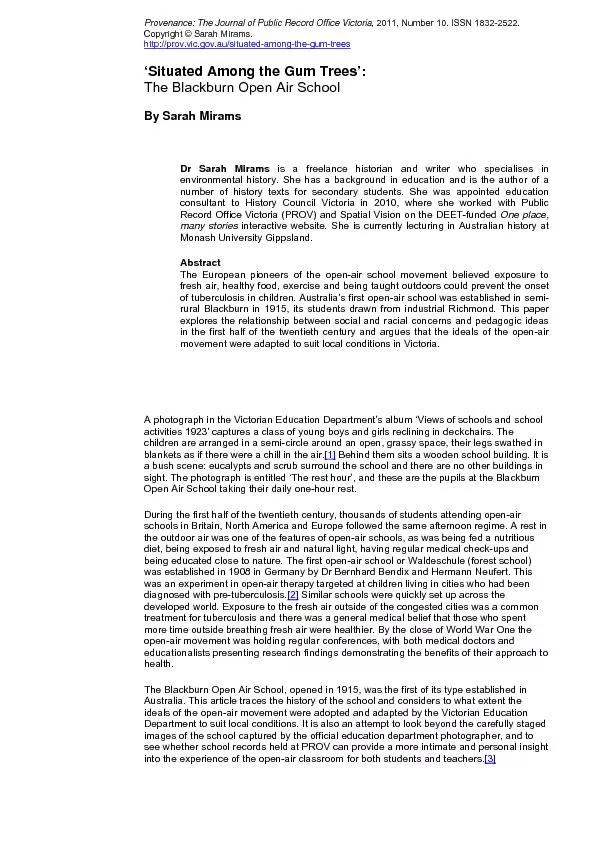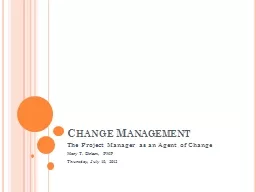PPT-Clinical Change Project Sarah
Author : marina-yarberry | Published Date : 2018-03-19
Ashour NATIONAL SAFETY GOAL National Patient Safety Goal 2 Improve staff communication For the patient The process will reduce the alone time during shift change
Presentation Embed Code
Download Presentation
Download Presentation The PPT/PDF document "Clinical Change Project Sarah" is the property of its rightful owner. Permission is granted to download and print the materials on this website for personal, non-commercial use only, and to display it on your personal computer provided you do not modify the materials and that you retain all copyright notices contained in the materials. By downloading content from our website, you accept the terms of this agreement.
Clinical Change Project Sarah: Transcript
Download Rules Of Document
"Clinical Change Project Sarah"The content belongs to its owner. You may download and print it for personal use, without modification, and keep all copyright notices. By downloading, you agree to these terms.
Related Documents














